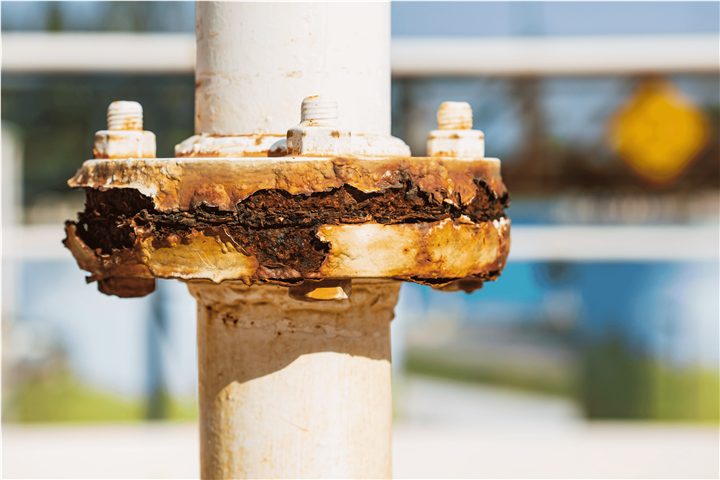Introduction to Corrosion and Cathodic Protection
Basic corrosion principles
Electrochemical reactions
Overview of corrosion control methods
Role of CP in corrosion prevention
CP Theory and Principles
Electrochemical basis of CP
Potential vs current relationships
Polarization concepts
Galvanic and impressed current systems
CP Criteria and Standards
NACE SP0169 (formerly RP0169)
Common CP criteria and interpretations
Limitations of various criteria
CP System Components
Sacrificial anodes: zinc, magnesium, aluminum
Impressed current systems: rectifiers, anodes, cables
Reference electrodes (Cu/CuSO₄, Ag/AgCl)
Test stations, bonds, and junction boxes
Electrical Measurements and Instruments
Voltmeter and ammeter use
Reference cell placement and connection
Structure-to-electrolyte potentials
IR drop and mitigation
Current measurements (shunt method)
Field Testing Techniques
Pipe-to-soil potential measurements
Current requirement testing
Continuity and isolation testing
Soil resistivity measurements (4-pin Wenner method)
Coating fault (holiday) detection
Data Recording and Interpretation
Field logbook entries
Graphs and data evaluation
Understanding test results
Reporting field data
Safety and Precautions
Electrical hazards
Personal protective equipment (PPE)
Confined space and excavation safety
Safe handling of test equipment
Hands-on Practical Training
Simulated field testing scenarios
Use of digital multimeters, reference electrodes, and rectifiers
Measurement of pipe-to-soil potentials
Troubleshooting common CP problems
Review and Exam Preparation
Review of key concepts and test procedures
Practice questions and group discussion
Guidance on written and practical ex






comments (0)